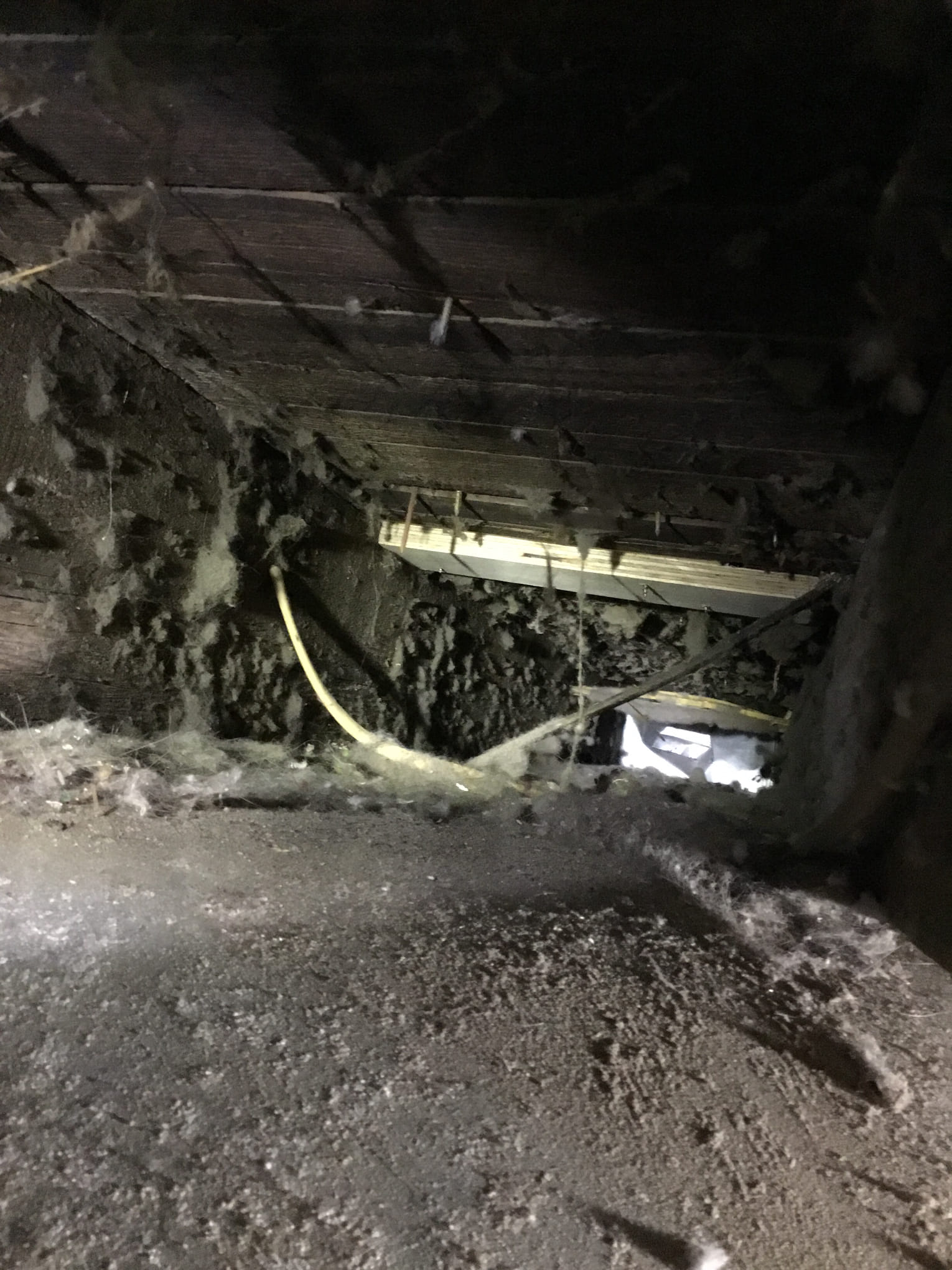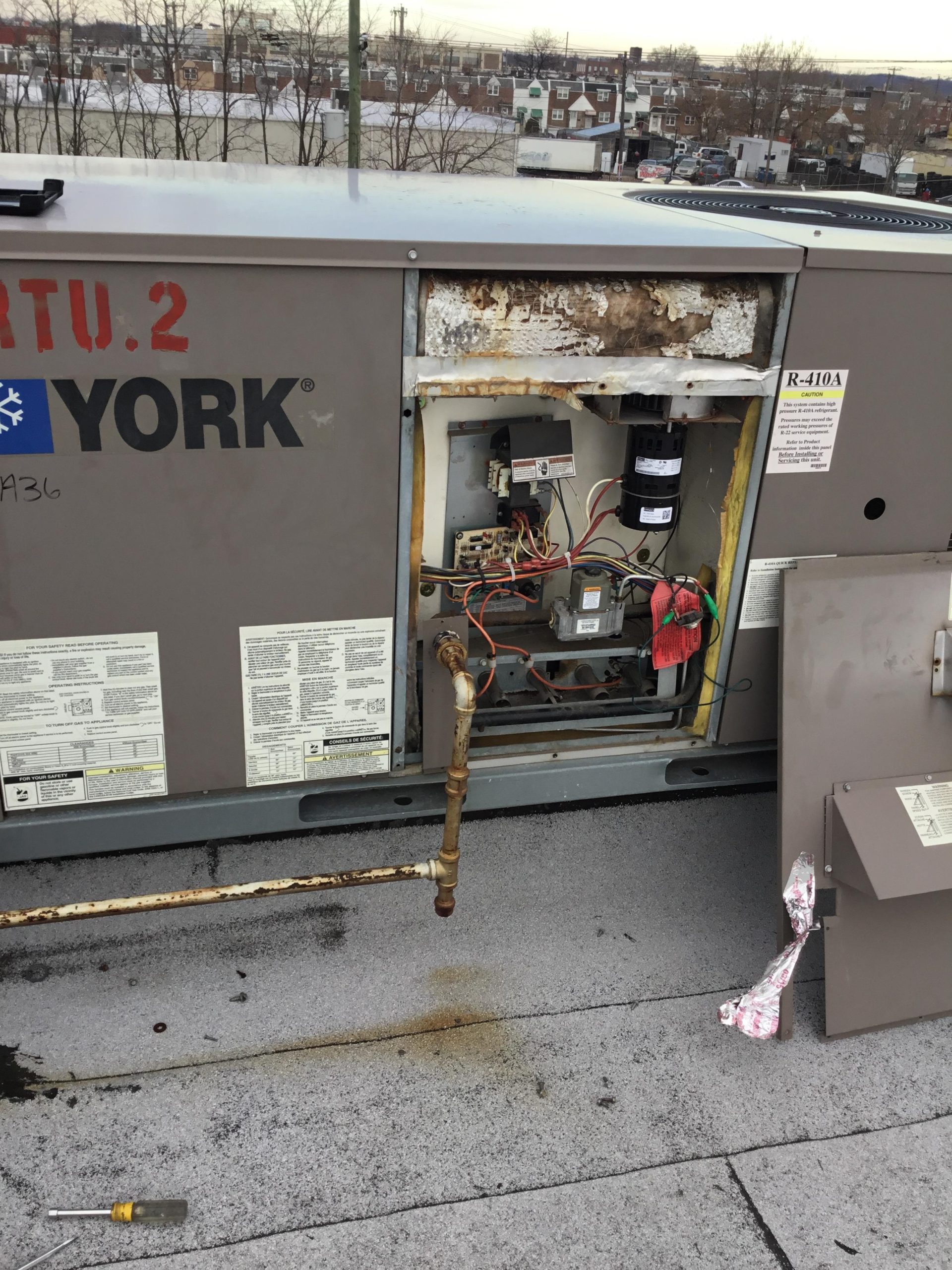Philadelphia’s Aging Buildings Share New York’s Hidden HVAC Problem: What Condo Owners and Property Managers Need to Know
How Philadelphia’s Aging Buildings Mirror New York’s Risk Factors


Understanding Legionnaires’ Disease and How It Develops in Aging HVAC Systems
Legionnaires’ disease is a severe form of pneumonia caused by Legionella pneumophila, a bacterium that grows in warm, stagnant water and spreads through tiny airborne water droplets. These droplets can be released from showers, cooling towers, humidifiers, and even the coils or condensate pans inside air conditioning systems. Once inhaled, the bacteria enter the lungs and can cause serious respiratory infection, especially in older adults or anyone with weakened immunity.
What makes Legionella particularly dangerous is that it thrives in the same environments found inside many aging Philadelphia buildings. Older properties, both residential and commercial, often use central HVAC and plumbing systems that were never designed to prevent bacterial growth. When those systems go years without proper maintenance, a chain reaction begins. Moisture collects inside coils and pans, organic debris builds up, and the biofilm that forms on damp metal surfaces provides the perfect habitat for bacteria to multiply.
Over time, this buildup is circulated back through the air you breathe. Every time the system starts, it forces air across those dirty, wet coils. The result is a fine mist of microscopic droplets that can contain bacteria, dust, and mold spores. The longer maintenance is ignored, the thicker the contamination becomes. The Centers for Disease Control and Prevention explains that Legionella bacteria multiply in water systems when temperature, nutrients, and stagnation combine, and that regular cleaning and disinfection are essential to control it (CDC).
Philadelphia’s climate makes this problem worse. Warm, humid summers and mild spring and fall temperatures keep coils and condensate trays wet for months at a time. Many older systems cycle on and off, leaving water to sit inside ducts and mechanical components. Without routine coil cleaning, drain line flushing, and water treatment, that trapped moisture becomes a breeding ground.
The Environmental Protection Agency warns that aging infrastructure, low flow rates, and temperature fluctuations can all accelerate bacterial growth in building water systems (EPA). These same risk factors exist inside neglected HVAC equipment. The problem does not start with the air in your home. It starts in the unseen places where water, metal, and heat meet—and where maintenance has been ignored.
Routine HVAC maintenance is not just about comfort or efficiency. It is about health and prevention. By cleaning coils, disinfecting pans, and checking drain lines, you stop the conditions that allow Legionella to form before it spreads. For Philadelphia’s older condos, apartment complexes, and retrofitted commercial spaces, the cost of maintenance is minimal compared to the cost of a system-wide contamination or a health outbreak.
That is why every property manager, building owner, and condo association should make professional HVAC cleaning and maintenance part of their regular schedule. Clean systems protect your air, your energy efficiency, and your residents’ health. R&R Mechanical provides the specialized services needed to keep those systems safe, disinfected, and compliant—before small problems turn into serious health risks.
How Routine HVAC Maintenance Prevents Bacteria, Mold, and Legionella from Taking Hold
Every air conditioning and heating system is designed to move air and control temperature, but over time it also collects moisture, dust, and organic material. When that buildup sits undisturbed inside coils, condensate pans, and drain lines, it becomes a feeding ground for bacteria and mold. The same conditions that support this microbial growth are the ones that allow Legionella pneumophila—the bacteria responsible for Legionnaires’ disease—to multiply and spread through a building’s air and water systems.
Routine HVAC maintenance interrupts that entire process. Professional cleaning removes the debris and biofilm that bacteria depend on, while inspection and disinfection stop contamination before it spreads into the air you breathe. During a maintenance visit, technicians clean evaporator and condenser coils, flush drain lines, sanitize pans, and verify that condensate water is draining properly. They also check airflow, replace filters, and confirm that the system maintains the correct temperature and humidity balance, which are key to preventing microbial growth.

According to the Environmental Protection Agency, maintaining proper temperature control and disinfectant levels in building water systems is one of the most effective ways to limit Legionella growth (EPA). HVAC systems are part of that same equation because standing water and trapped condensation allow bacteria to survive where disinfectants cannot reach. By scheduling regular maintenance, you remove the moisture and nutrients that bacteria need and restore the system’s efficiency.
This proactive approach does more than protect health. Clean coils and components improve energy efficiency by up to 30 percent, extend the life of expensive equipment, and prevent emergency breakdowns. Most importantly, it gives residents and property managers confidence that their building’s air is safe and clean.
For building owners, condo associations, and facility managers in Philadelphia, consistent HVAC maintenance is one of the simplest and most cost-effective ways to prevent bacteria, mold, and Legionella from becoming a problem. R&R Mechanical’s preventive maintenance programs are built to keep coils clean, drains clear, and systems disinfected so the air circulating through your property stays healthy year-round.
Don’t wait for a warning sign or a news headline. Schedule your HVAC maintenance today and protect your building’s air, efficiency, and reputation. Visit our maintenance page to learn more.












